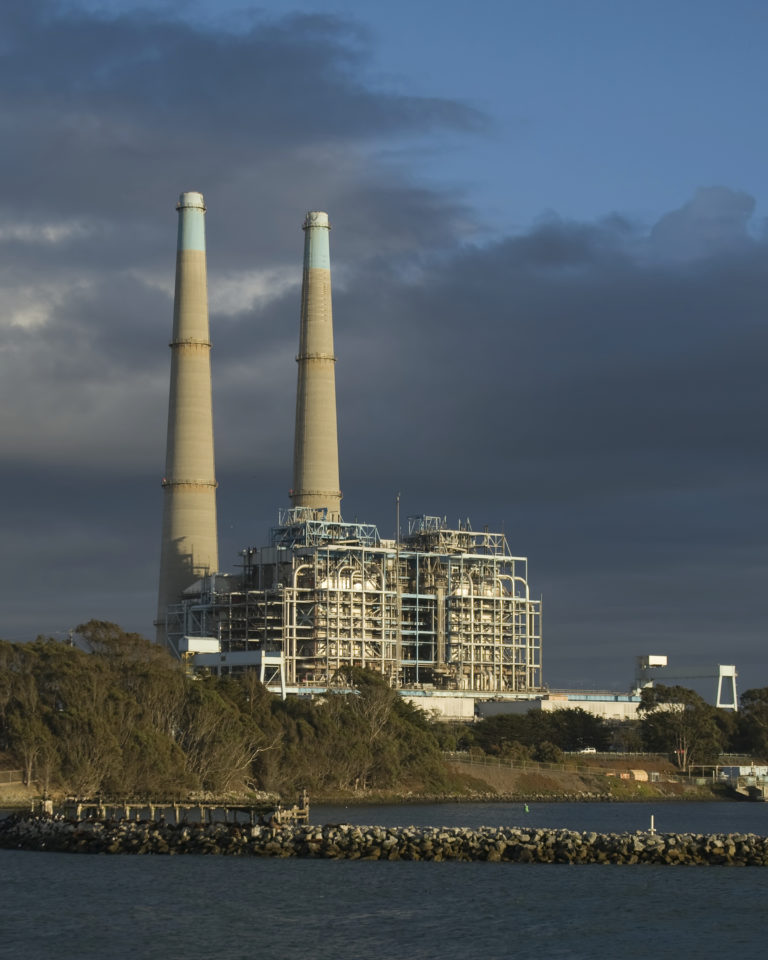Quarterly earnings calls offer a wealth of new information on company plans and outlooks. BTU Analytics mines the disclosures that accompany these calls for changes in investment plans and particularly for insight into the timing of new infrastructure. Today’s energy market commentary focuses on LPG export capacity.
LPG or Liquified Petroleum Gases are a subset of the category of production often referred to as NGLs. The five components of NGLs are ethane, propane, normal butane, isobutane, and natural gasoline. When discussing LPG exports, however, we are generally focused on capacity used for exporting propane and butane. (For more background on LPG see our previous post here.)
While crude pricing and natural gas pricing have had a difficult patch lately, NGL pricing in 2019 was bad enough to completely erode the benefit of producing liquids in many plays and for many players (see our public commentary coverage here and here.)
While ethane demand is expected to increase with new domestic crackers coming online, domestic demand for propane (C3) and butane (C4) is relatively flat. With growing C3 and C4 production coming mostly from associated gas produced in oil-focused basins, the need to grow exports has been clear for some time. The chart below shows LPG domestic demand from the EIA compared to BTU Analytics’ production of propane and butane. The chart demonstrates the need to grow exports at the pace of future production growth as domestic demand has been relatively flat for years.


 Over the past five years, LPG nameplate terminal capacity for exports has grown almost one million barrels per day, however, that growth has been inconsistent. Capacity grew steadily from 2013 through the end of 2016, followed by a period with no meaningful additions from the beginning of 2017 until late 2018. LPG exports began routinely testing that capacity through 2018 and the beginning of 2019, particularly when considering regional dynamics at play. The second half of 2019 brought an additional expansion from Enterprise and additional butane export capacity from a Targa project that increased dock flexibility and loading capabilities.
Over the past five years, LPG nameplate terminal capacity for exports has grown almost one million barrels per day, however, that growth has been inconsistent. Capacity grew steadily from 2013 through the end of 2016, followed by a period with no meaningful additions from the beginning of 2017 until late 2018. LPG exports began routinely testing that capacity through 2018 and the beginning of 2019, particularly when considering regional dynamics at play. The second half of 2019 brought an additional expansion from Enterprise and additional butane export capacity from a Targa project that increased dock flexibility and loading capabilities.
But the latest export figures from EIA suggest that even the newest capacity is being utilized, bringing into focus the timing of the next capacity additions. Prior to 4Q earnings, the market expected the next capacity additions from Targa and Enterprise to enter service in 3Q 2020. However, Enterprise updated the timing of the next Houston Ship Channel expansion to at least 2021. The new timing may better align with production growth to keep capacity highly utilized, as C3/C4 production had grown between 250 – 300 mb/d annually in 2018 and 2019 but is expected to slow dramatically over the next twenty four months.
How do regional dynamics and LPG export utilization impact activity and pricing upstream of these facilities? Where is NGL production headed and what will it mean for prices? Do fundamentals matter when all the talking heads are discussing the Fed and Coronavirus? Request a copy of our Upstream Outlook service to get our latest granular NGL forecasts and in-depth analysis of the risks the market faces in 2020 and beyond.









